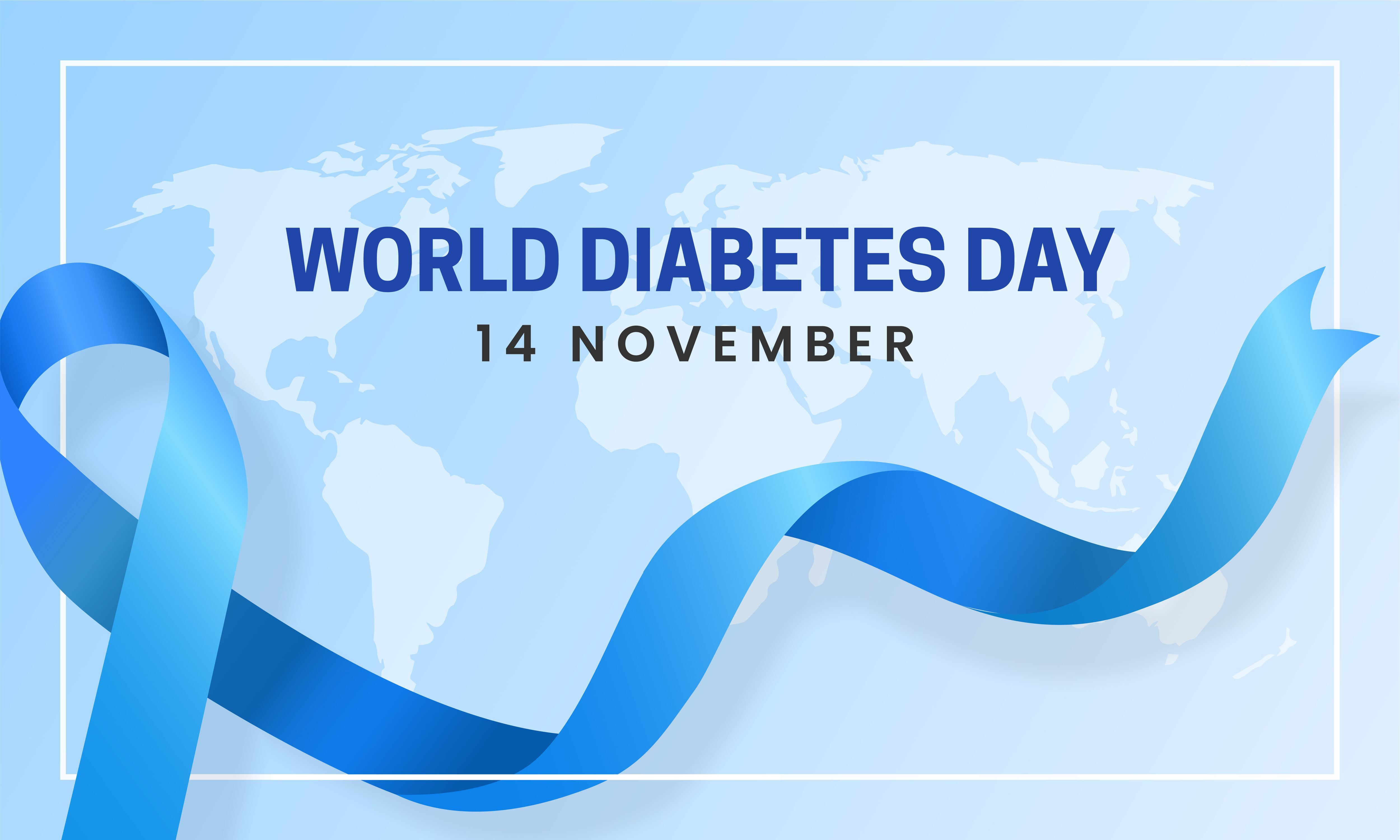
November 14, 2024
Today is World Diabetes Day, held every year on November 14th, the birthday of Sir Frederick Banting. Banting led the celebrated Toronto team in 1921 to create the first injectable insulin: the first lifesaving treatment for a disease that has persisted for over three millennia.
World Diabetes Day gives us a dedicated opportunity to look at where we are now, where we have been, and where we are going. This day is observed internationally to spread awareness of diabetes and to build worldwide support. Although this day features all types of diabetes, we focus on T1D.
The fight against T1D is grueling, both physically and mentally, for the caregivers and those of us living with the disease. We acknowledge this with great appreciation for the unwavering strength and determination of the T1D community.
On this diabetes day, we hope to harness that strength and determination toward a Practical Cure. The biggest news of the past several years in T1D has been advancements in early detection, prevention, onset delay, and improved glucose control. All of these achievements are incredibly valuable and improve lives.
But these are not a cure. What better way to honor diabetes day than to stand up and say—unequivocally and indisputably—that for those of us living with fully established T1D, nothing is as important as focusing on and delivering a cure.
Global Diabetes Day Theme, ‘Well-being,’ Is Important but Not the End Game
The theme of this World Diabetes Day is Diabetes and Well-being. The theme is established by the International Diabetes Federation (IDF), communicated by them, and shared globally. The IDF hopes the world will see that diabetes presents a mountain of day-to-day challenges beyond just managing blood sugar. Well-managed diabetes is about overall physical and mental health. Effective glucose management is essential, but only one part.
Those of us with T1D agree. T1D requires constant vigilance, demanding attention every minute of every day for the rest of our lives. Every day we try to balance blood sugar like we are on a tightrope. Too high increases our risk for long-term complications; too low can be fatal. T1D is overwhelming, and even with the latest advances in care, 201,600 people die each year from T1D. Enough is enough.
Solutions that help manage the disease and make it easier to live with T1D are deeply valued, but they are only a temporary solution. Well-being is good. A cure is better.
Practical Cure Progress
We have never been closer to a Practical Cure for T1D than we are today, but the end is not yet in sight.
Notable progress has been made in the past year regarding cell supply, specifically research in stem cell-derived beta cells (sBCs). Embryonic-sourced sBCs, which can be replicated and produced indefinitely, are advancing through human trials. Adult-sourced sBCs also made news this year, when a patient in China became insulin independent after her own cells were reprogrammed into beta cells. These advances are exciting and promising.
Modest progress has been made in the other half of a Practical Cure, protecting cells from the immune system attack. Various efforts to protect cells are in the works, including gene re-engineering, macro and microencapsulation, and various immunomodulation therapies. Most are still in the early, exploratory stage or in animal testing. The few that have made it to human trials have not yet posted any breakthrough results.
While there is real progress, we are still from the finish line, and only a small amount of focus is being given to Practical Cure research. Of 634 T1D active human clinical trials, only 2% are Practical Cures.
Currently, there are only three active Practical Cure projects testing cell supply and cell protection solutions with islet transplantation and a protective barrier. Yet, on their heels, there are a number of emerging projects not yet in human trials that are working on parts of a Practical Cure. With enough support, we expect many more to enter human trials in the coming years. Without our support, these projects may dry on the vine.
Now is not the time to take the eye off the ball—we must double down to expand focus, resources, money, and manpower on driving forward a Practical Cure.
We ALL Must Push for a Cure
The actions and donations of the T1D community fuel all aspects of T1D research and are vital to setting the research agenda. We would not be where we are today without the generosity and passion expressed by donors and fundraisers in the T1D community. Every mile logged, fundraiser hosted, and dollar raised is meant to push us closer to a cure. With our combined voices, we can influence diabetes nonprofits to allocate more resources to T1D cure research.
We need to speak up. T1D donors, the power is in your hands.
As you plan your charitable giving this year, we ask that you speak up. Tell your local diabetes nonprofit chapter heads, directors, and executives that you want your donation to go to Practical Cure research. By attaching a note or comment to your donation, they are obligated to put your money where you intend it to go.
Thank you for taking the time to reflect with all of us at the JDCA. Together, we can achieve a Practical Cure for T1D.
